Mastering Collector Car Damage Repair for Show-Ready Condition
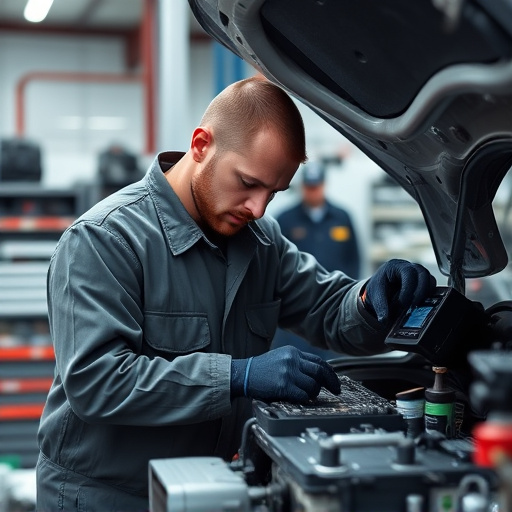
Specialized auto repair services are crucial for maintaining and repairing collector cars, addressin…….
In the realm of automotive enthusiasts, collector cars hold a special place. These vehicles, often vintage or classic models produced in limited quantities, are not just machines but cultural artifacts that tell stories from different eras. However, their age comes with challenges, particularly when it comes to damage repair. Collector car damage repair is an art and a science, demanding meticulous attention to detail, specialized knowledge, and a deep understanding of the vehicle’s history. This comprehensive article aims to guide readers through the intricate world of collector car damage repair, exploring its various facets, from historical context to future trends. By delving into this topic, we hope to equip both enthusiasts and professionals with the insights needed to preserve these cherished vehicles for generations to come.
Definition:
Collector car damage repair refers to the process of restoring classic or vintage automobiles to their original condition or a specified level of restoration, addressing any damage sustained over time. This includes fixing structural issues, cosmetic repairs, and ensuring the vehicle’s functionality while maintaining its historical integrity.
Core Components:
Historical Context:
The concept of collector car damage repair has evolved alongside the automotive industry. As classic cars gained popularity in the mid-20th century, enthusiasts began preserving and restoring these vehicles. Initially, restoration was more about returning a car to its original factory condition, often using period-correct parts. Over time, the art of restoration refined itself, embracing a more nuanced approach where some deviations from the original are acceptable if they enhance the vehicle’s overall condition and authenticity.
Collector car damage repair has transcended geographical boundaries, becoming a global phenomenon. Enthusiasts and restorers worldwide share knowledge, techniques, and a passion for preserving automotive history. Here’s an overview of its international reach:
| Region | Impact and Trends |
|---|---|
| North America | Known for its rich classic car culture, the US and Canada have seen a rise in specialized restoration shops and collector car auctions. The market is driven by a blend of traditional restorers and modern technology enthusiasts. |
| Europe | European countries like the UK, Germany, and Italy have a deep history of automotive manufacturing, leading to a high demand for restoration services. Vintage car shows and rallies further fuel the industry. |
| Asia | Japan and South Korea are emerging as significant players, with a growing interest in importing and restoring classic cars from around the world. The Asian market is characterized by a blend of traditional craftsmanship and modern repair techniques. |
| Rest of the World | Countries like Australia, New Zealand, and Brazil have active collector car communities, often focusing on local makes and models with historical significance. Globalization has facilitated the sharing of restoration techniques and the import of specialized tools. |
The economic landscape of collector car damage repair is dynamic and multifaceted. This section explores various aspects that contribute to its economic viability and influence global trends.
Collector car damage repair plays a vital role in various economic systems worldwide:
Technology has played a transformative role in collector car damage repair, offering both opportunities and challenges. Here’s an exploration of significant advancements:
The collector car industry, including damage repair, operates within a framework of policies and regulations that vary across regions. These guidelines ensure ethical practices, consumer protection, and the preservation of automotive history.
Despite its allure, collector car damage repair faces several challenges and criticisms that require attention and innovative solutions:
| Challenge | Impact | Potential Solutions |
|---|---|---|
| Skill Gap: The loss of traditional craftsmanship due to modern technologies is a concern. | Can lead to a decrease in quality and attention to detail. | Establish training programs focused on both modern tools and traditional techniques, fostering a new generation of skilled restorers. |
| Part Availability: Sourcing rare or period-correct parts can be challenging and expensive. | Delays repairs and increases costs. | Create global networks for part suppliers, encourage recycling and repurposing of vintage parts, and develop 3D printing solutions for common components. |
| Ethical Concerns: Some critics argue that altering original vehicles to modern standards diminishes their historical value. | Causes debate among purists and enthusiasts. | Emphasize the importance of authenticity while allowing for necessary improvements in safety and functionality. Develop guidelines for ethical restoration practices. |
| Legal Compliance: Restorers must stay updated with evolving regulations, which can be complex and region-specific. | Risk of legal issues and financial penalties. | Provide resources and workshops to educate restorers about legal requirements, ensuring they remain compliant and avoid disputes. |
| Insurance Coverage: Ensuring adequate insurance for collector cars during repair processes is challenging due to their value and unique nature. | Restorers and owners face potential financial risks. | Collaborate with insurers to develop specialized policies that cover the specific needs of collector car restoration, including liability and coverage for irreplaceable parts. |
Real-world examples offer valuable insights into the art and science of collector car damage repair. Here are two case studies showcasing successful restorations and the lessons learned:
Case Study 1: Restoring a 1967 Ford Mustang Fastback
A restorer in the US was tasked with restoring a 1967 Ford Mustang Fastback to its original condition. The car had suffered significant body damage due to a collision but retained most of its original components.
Case Study 2: Reviving a Vintage Bugatti Type 35
A French restoration shop took on the challenge of restoring a rare 1927 Bugatti Type 35 racing car. This project required not only structural repairs but also the reproduction of period-correct components.
The world of collector car damage repair is constantly evolving, driven by technological advancements and changing consumer preferences. Here’s a glimpse into potential growth areas and emerging trends:
Collector car damage repair is a meticulous art that combines historical preservation, technical expertise, and a deep appreciation for automotive history. As these vehicles continue to captivate enthusiasts worldwide, the demand for skilled restorers will only grow. By embracing technological advancements, adhering to ethical practices, and fostering global collaboration, the industry can ensure that classic cars are preserved for future generations to admire and appreciate.
Q: How do I find a reputable collector car damage repair specialist?
A: Research is key. Check online reviews, ask for recommendations from automotive forums or clubs, and inspect the restorer’s portfolio. Look for certifications and experience in your vehicle’s specific make and model.
Q: What are some common signs that my classic car needs restoration?
A: Signs may include rust, dents, faded paint, worn interiors, or difficulty starting/driving. Regular maintenance can often prevent major damage, but some vehicles may require professional intervention for extensive repairs.
Q: How much does collector car repair typically cost?
A: Costs vary widely depending on the extent of damage and restoration required. A simple body repair might range from a few hundred to a few thousand dollars. Major restorations can cost tens of thousands, especially for rare or iconic vehicles.
Q: Can I perform basic restoration work myself?
A: While some basic repairs are achievable for enthusiasts, complex restoration projects often require professional skills and knowledge. It’s essential to consider safety and the potential value of the vehicle when deciding on DIY versus professional repair.
Q: Are there any legal restrictions on restoring classic cars?
A: Legal requirements vary by region. Some areas may have specific regulations regarding emissions, safety standards, or historical preservation. It’s crucial to research local laws and ensure compliance during restoration projects.

Specialized auto repair services are crucial for maintaining and repairing collector cars, addressin…….
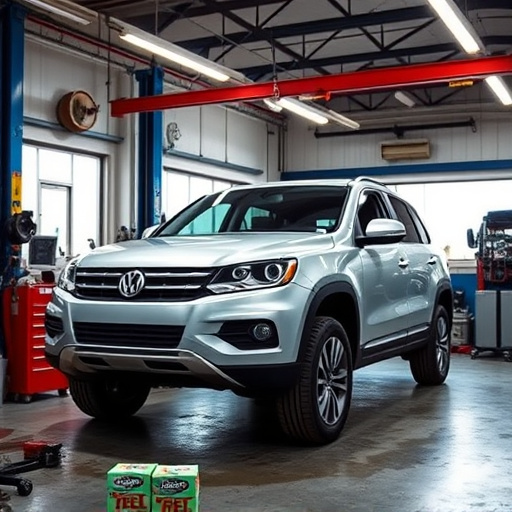
Mastering collector car damage repair involves meticulous assessment and specialized techniques to p…….
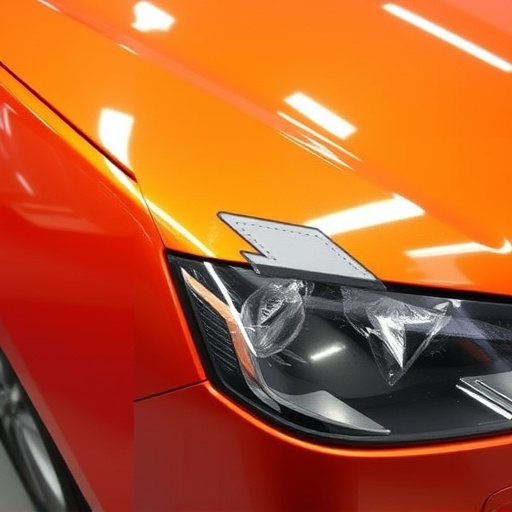
Collector car damage repair poses challenges with rare parts sourcing and high costs, often deterrin…….
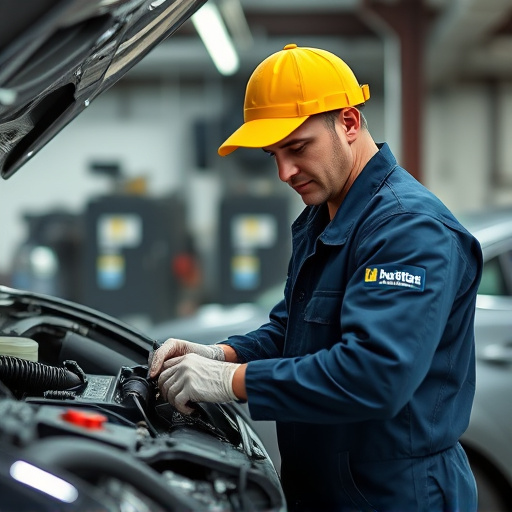
Collector car damage repair involves addressing historical value and aesthetic issues like dents, ru…….
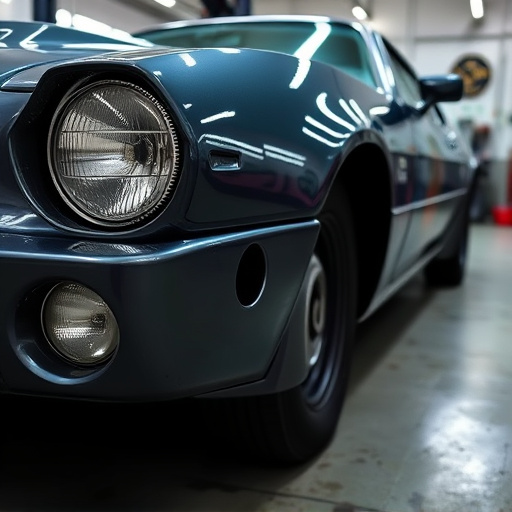
Collector car damage repair is a meticulous art where skilled technicians merge engineering expertis…….

Collector car damage repair blends art and engineering, with restorers using advanced tools like CAD…….

Collector cars need specialized care and damage repair services to prevent environmental damage, acc…….
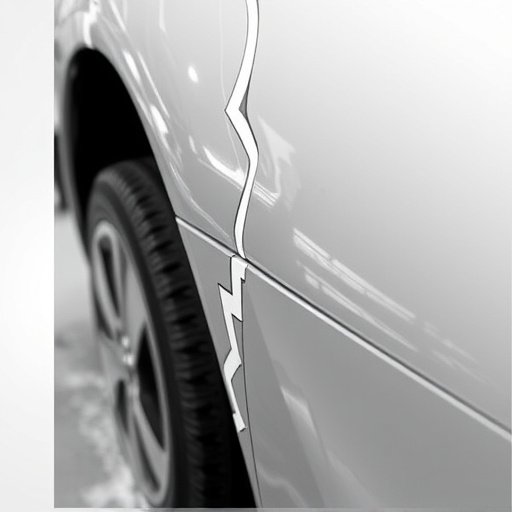
Collector car damage repair presents unique challenges due to historical significance, limited parts…….
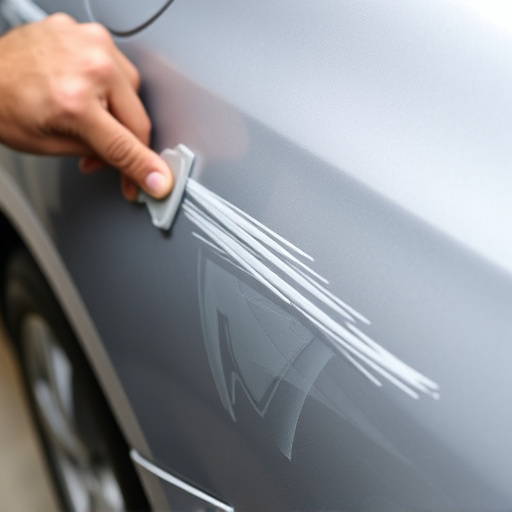
Collector car damage repair is vital for maintaining rarity, desirability, and historical integrity……..

Collector car damage repair services are essential for preserving the authenticity and historical in…….